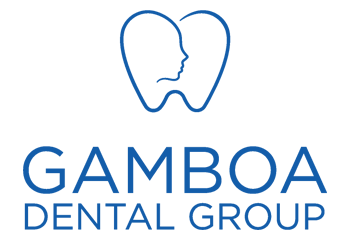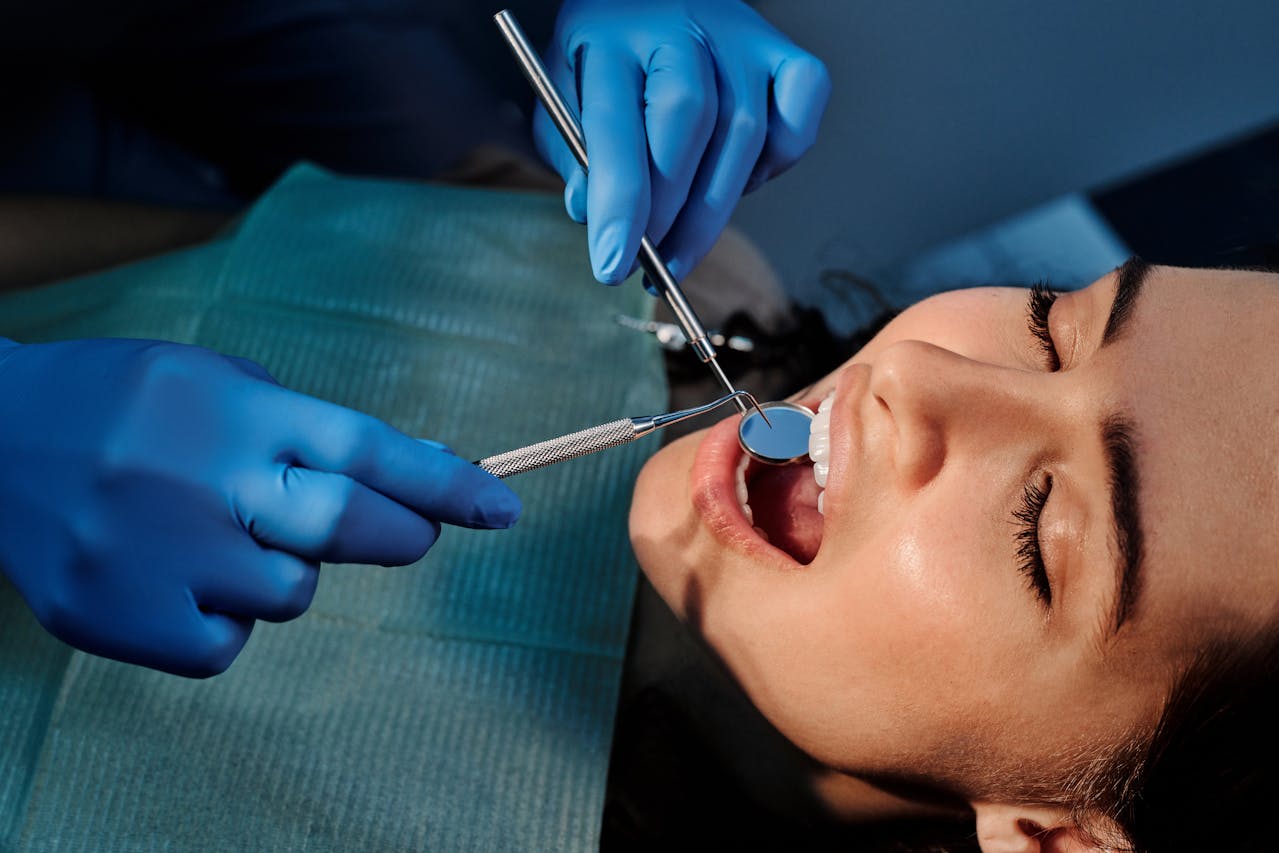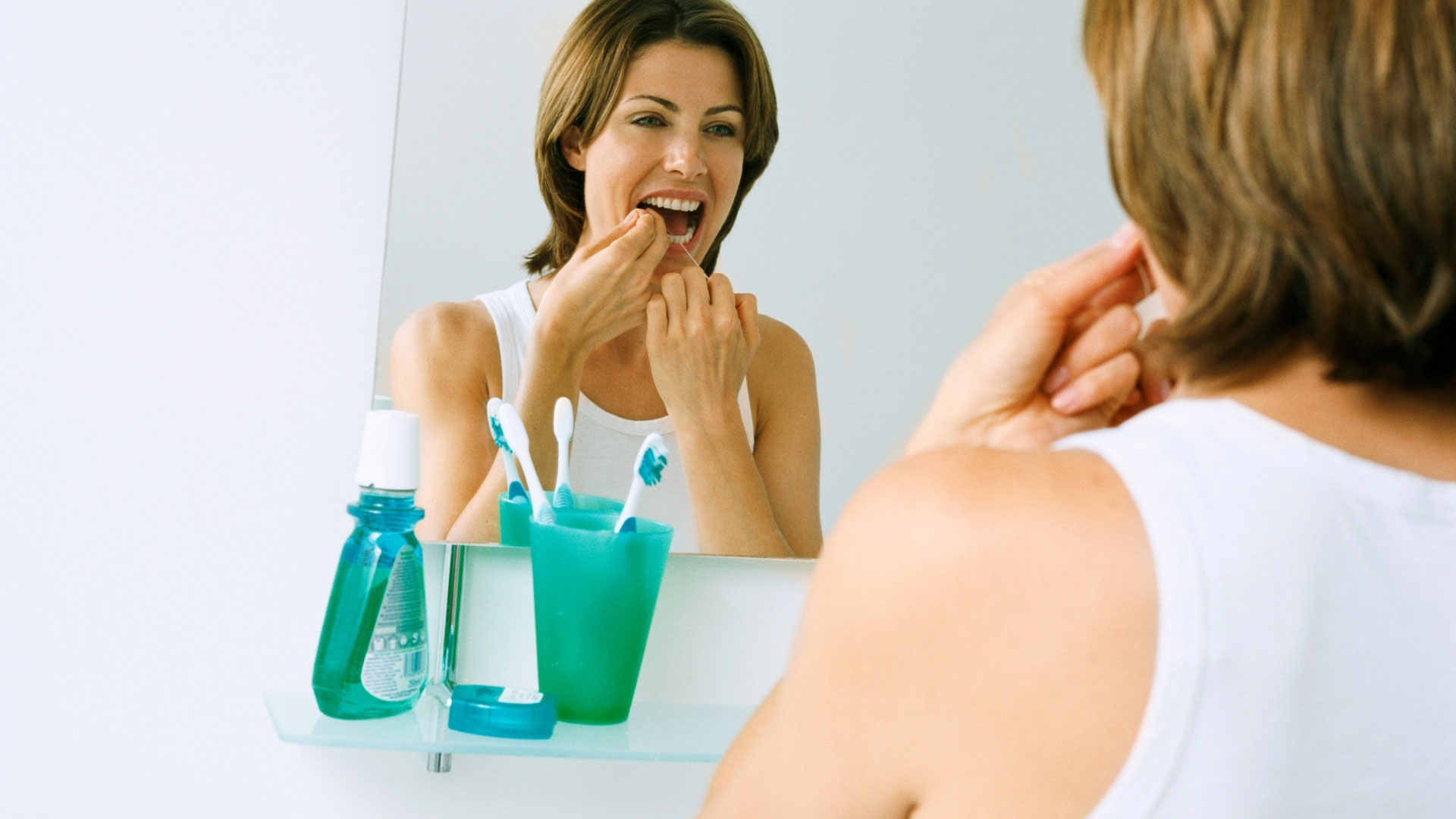Keeping your teeth and gums healthy is about more than just maintaining a bright smile; it’s essential for overall health. A good oral hygiene routine typically includes flossing, brushing, and rinsing with mouthwash. However, the sequence in which you perform these steps can make a significant difference in their effectiveness. Many people wonder: Should I floss before or after brushing? Where does mouthwash fit in? Dental professionals have weighed in, and here’s the best order for your oral care routine.
Step 1: Floss First
Flossing should be the first step in your oral hygiene routine. Why? It removes food particles and plaque from between your teeth and along the gumline—places your toothbrush can’t reach. If you floss after brushing, you risk leaving behind debris that could lead to cavities or gum disease. By starting with flossing, you also allow the fluoride in your toothpaste to penetrate these hard-to-reach areas more effectively during brushing. Use a gentle sawing motion to guide the floss between your teeth, and curve it into a “C” shape to clean around each tooth. For added convenience, you can opt for pre-threaded flossers or water flossers if traditional floss feels unmanageable.
Step 2: Brush Thoroughly
After flossing, it’s time to brush your teeth. Brushing removes plaque and bacteria from the surfaces of your teeth, freshens your breath, and strengthens your enamel with fluoride. Dentists recommend using a soft-bristled toothbrush and a fluoride toothpaste for best results. Here’s how to brush effectively:
- Duration: Brush for two full minutes, twice a day—morning and night.
- Technique: Use gentle, circular motions and make sure to clean all surfaces, including the front, back, and chewing surfaces of your teeth. Don’t forget your tongue, as it can harbor bacteria.
- Pressure: Avoid brushing too hard, as it can damage your enamel and irritate your gums.
Electric toothbrushes are often more effective at removing plaque, but manual brushes can work just as well if used properly.
Step 3: Rinse with Mouthwash
The final step is rinsing with mouthwash. This step helps wash away any remaining bacteria, freshens your breath, and adds an extra layer of protection against cavities and gum disease. Mouthwash comes in different formulations, so choose one that aligns with your oral health needs. For example:
- Antimicrobial Mouthwash: Reduces bacteria that cause plaque and gum disease.
- Fluoride Mouthwash: Strengthens enamel and helps prevent cavities.
Timing is important. Dentists recommend waiting about 30 minutes after brushing to use mouthwash. This prevents rinsing away the fluoride from your toothpaste, which needs time to strengthen your enamel. Swish the mouthwash around your mouth for about 30 seconds to a minute, ensuring it reaches all areas.
Why the Order Matters
Following this sequence—flossing, brushing, and then rinsing—maximizes the benefits of each step:
- Flossing First: Removes debris so that brushing can clean more effectively.
- Brushing Second: Ensures all surfaces are cleaned and fluoride is applied.
- Rinsing Last: Completes the routine by targeting bacteria and refreshing your mouth.
Doing these steps in the wrong order might compromise the effectiveness of your oral care. For instance, if you rinse immediately after brushing, you wash away the protective fluoride before it can do its job.
Additional Tips for a Healthy Mouth
- Replace Your Toothbrush Regularly: Swap your toothbrush or toothbrush head every three to four months or sooner if the bristles become frayed.
- Visit Your Dentist Regularly: Schedule checkups and cleanings at most every six months to catch potential problems early.
- Maintain a Healthy Diet: Limit sugary and acidic foods that can weaken your enamel and contribute to cavities.
- Stay Consistent: Stick to your oral hygiene routine every day—morning and night.
The Bottom Line
A simple change in the order of your oral care routine can significantly improve its effectiveness. Flossing first clears the way for brushing, brushing removes surface debris and bacteria, and mouthwash provides a final burst of protection. By incorporating these steps in the correct order, you’ll enjoy healthier teeth, fresher breath, and a more confident smile. Ready to elevate your oral hygiene game? Follow this guide, and your teeth will thank you!






